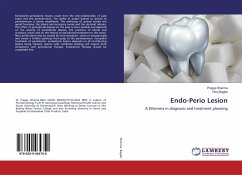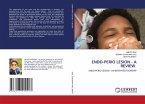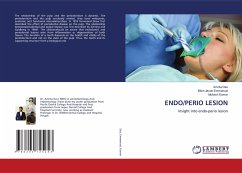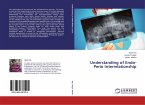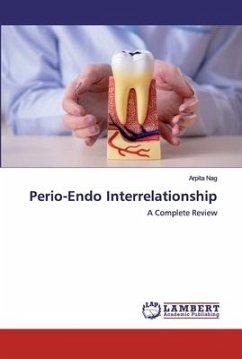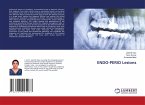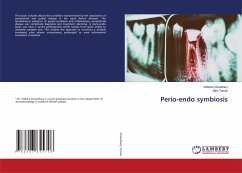Endodontic-periodontic lesions result from the inter-relationship of pulp tissue and the periodontium. The ability of pulpal disease to spread to periodontium is clearly established. The pathways of spread involve the apical foramina, the lateral and accessory canals and the dentinal tubules. The effect of periodontal disease on the pulp is more variable and depends on the severity of periodontal disease, the presence of lateral and accessory canals and on the history of periodontal treatment to the tooth. Root perforations may be caused by root resorption, caries or iatrogenically and create a further pathway from pulp to the periodontium. Successful treatment of periodontic- endodontic lesions depends on all contributing lesions being treated. Lesions with combined etiology will require both endodontic and periodontal therapy. Endodontic therapy should be completed first.
Hinweis: Dieser Artikel kann nur an eine deutsche Lieferadresse ausgeliefert werden.
Hinweis: Dieser Artikel kann nur an eine deutsche Lieferadresse ausgeliefert werden.

